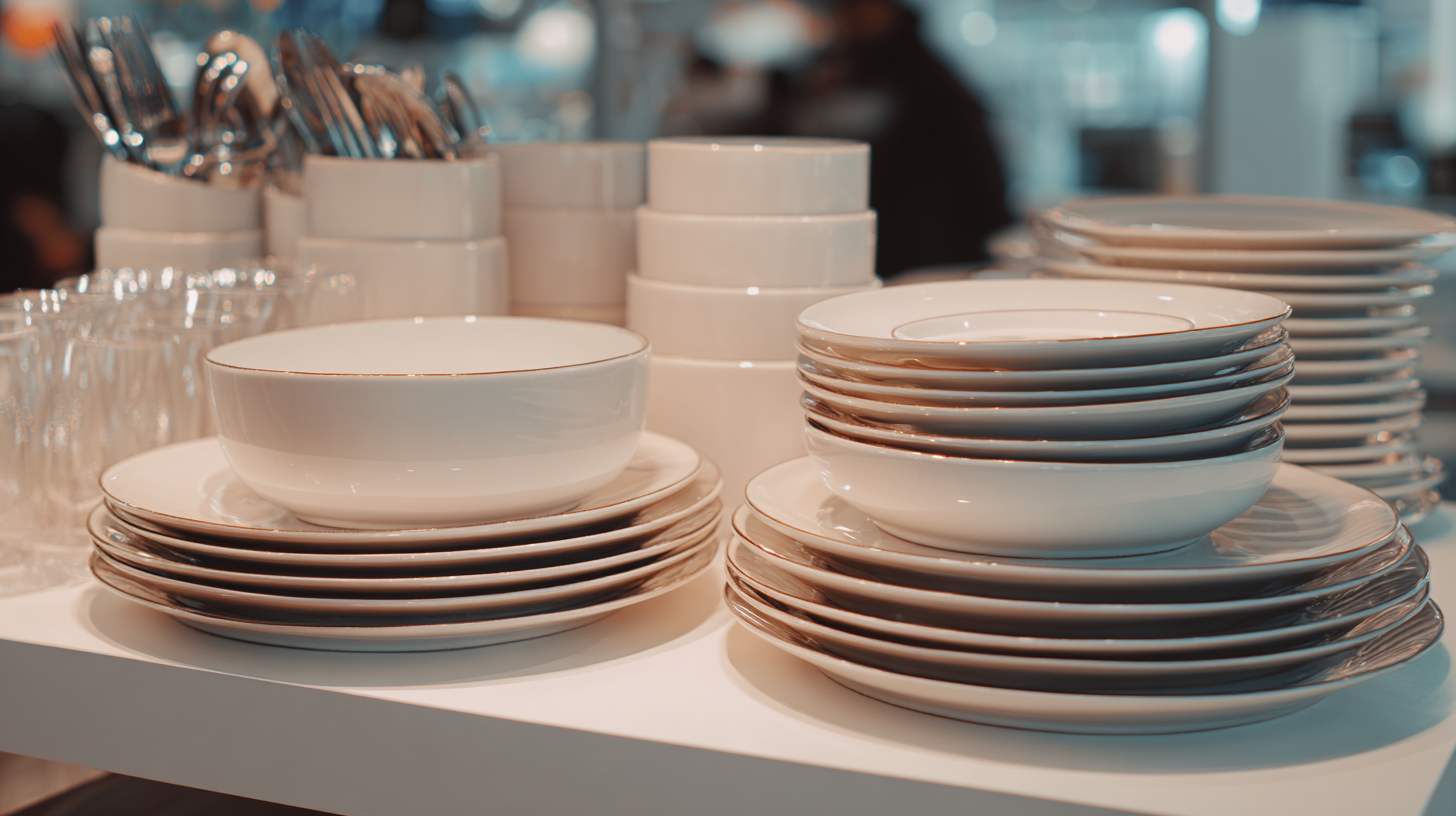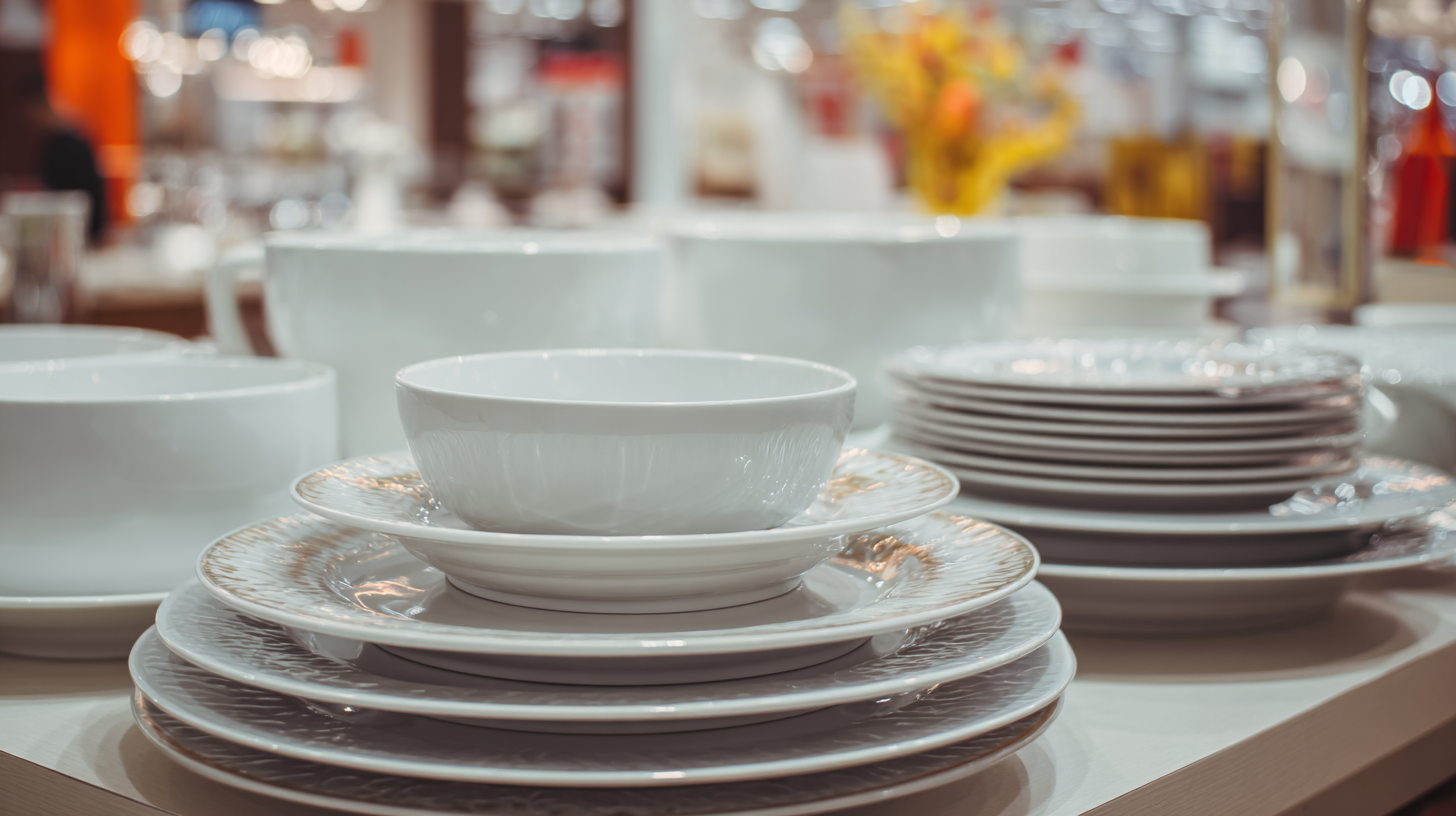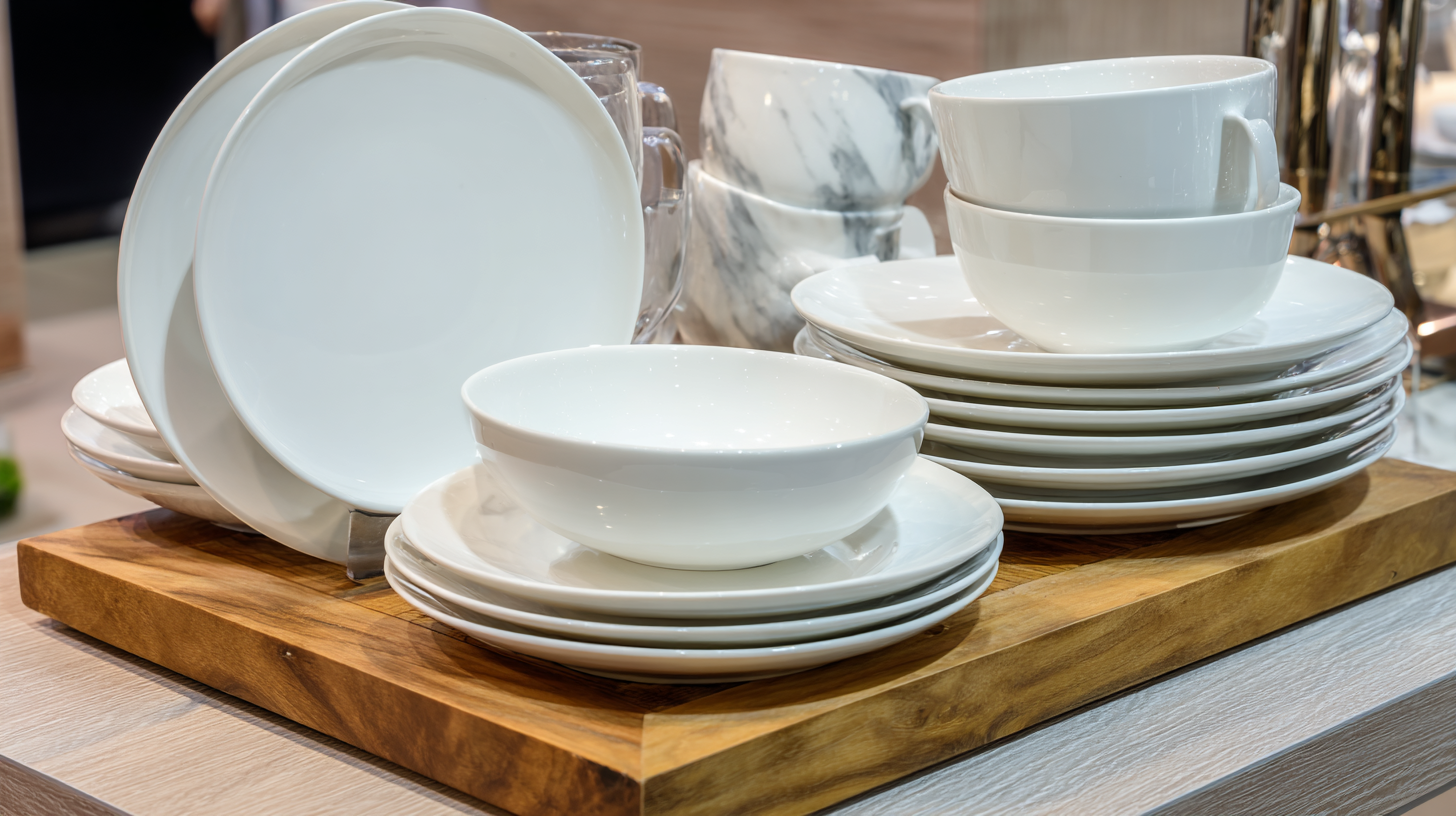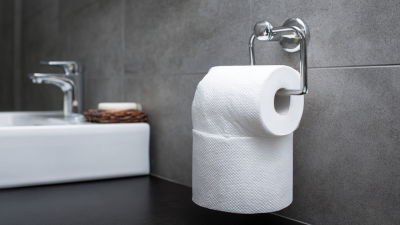As we approach the 138th China Import and Export Fair in 2025, the spotlight will shine on the evolving landscape of consumer preferences and technological advancements in dining ware sets. This significant event provides a unique platform for manufacturers and designers to showcase innovative dining ware sets that cater to the demands of modern lifestyles. With an increasing focus on sustainability, multifunctionality, and aesthetic appeal, dining ware sets are undergoing a transformation to align with current market trends. The fair serves as a pivotal opportunity for stakeholders in the dining ware industry to explore emerging styles, materials, and sustainable practices that resonate with consumers.

Through this exploration, we aim to dissect the market currents that are shaping the future of dining ware sets, ensuring that businesses are equipped to meet the challenges and opportunities of an ever-changing marketplace.
The 2025 China Import and Export Fair is poised to serve as a pivotal platform for showcasing the latest innovations in dining ware sets. With the global market increasingly leaning towards sustainable and aesthetically pleasing products, exhibitors are likely to present a variety of innovative designs that cater to evolving consumer preferences. The fair will highlight eco-friendly materials and multifunctional designs, reflecting the growing demand for products that not only serve practical purposes but also enhance the dining experience.

Analyzing market trends in the dining ware segment reveals a shift towards personalization and unique design. Consumers are seeking items that not only fulfill traditional uses but also express their individual styles and values. This trend is evident in the rising popularity of handcrafted pieces and limited-edition sets. The 2025 fair will thus be a significant opportunity for manufacturers to connect with potential buyers who are looking for distinctive dining ware options that resonate with contemporary lifestyle choices, ultimately shaping future market dynamics.
The dining ware industry is witnessing transformative innovations that significantly influence consumer preferences. As the market shifts towards sustainability and health consciousness, there is a growing demand for dining products that not only meet aesthetic standards but also adhere to environmental and health guidelines. This evolution is driving manufacturers to incorporate eco-friendly materials and designs that promote both functionality and sustainability.
Creative design is another influential factor in the dining ware innovation landscape. Consumers are increasingly drawn to unique, aesthetically pleasing tableware that enhances their dining experience. Innovations such as multifunctional designs, customizable setups, and smart technology integration are catering to this demand. As dining ware becomes an extension of personal style and lifestyle choices, brands are focused on creating collections that resonate with consumers' values and preferences, ensuring that they remain at the forefront of the evolving market.
The dining ware industry is undergoing a significant transformation, driven by the rising demand for eco-friendly products and innovative materials. According to a recent report from Smithers Pira, the global market for sustainable tableware is projected to reach $36 billion by 2025, with an annual growth rate of 5.1%. This shift signals a robust interest among consumers for materials that minimize environmental impact, such as bamboo, recycled plastics, and biodegradable composites.
In line with sustainability trends, manufacturers are investing heavily in research and development to create dining ware sets that not only appeal aesthetically but also align with eco-conscious values. For instance, brands are exploring the use of bioplastics derived from renewable resources, which have the potential to cut down carbon emissions by over 30% compared to traditional plastics, as highlighted in a recent study by the European Bioplastics Association. Furthermore, the Fair’s showcases and symposiums are set to focus on innovations that marry functionality with environmental stewardship, presenting a unique opportunity for stakeholders to engage with the latest advancements in dining ware production.

The market demand for dining ware sets is expected to grow significantly by 2025, both in China and globally. Factors driving this demand include a growing middle class, increased disposable income, and shifting consumer preferences towards high-quality and aesthetically pleasing dining experiences. In urban areas of China, health-conscious consumers are increasingly emphasizing the importance of sustainable and eco-friendly materials, leading to a surge in demand for dining ware that aligns with these values. Moreover, the influence of social media on lifestyle choices has prompted consumers to seek unique and innovative dining ware to enhance their home dining aesthetics.
Globally, the trend is reflective of an evolving dining culture that values design and functionality. As international travel resumes, cross-cultural dining experiences are becoming more common, prompting a demand for diverse dining ware sets that cater to various culinary traditions. Retailers and manufacturers are gearing up to meet these expectations by investing in research and development, focusing on innovative designs that incorporate smart technology and sustainable materials. The 2025 China Import and Export Fair is poised to be a pivotal platform for showcasing these innovations, bridging the gap between local producers and global markets.
The dining ware industry is experiencing a significant transformation driven by the rise of e-commerce and digital marketing. According to a report by Statista, online sales in the home and kitchen segment are projected to reach $50 billion by 2025, highlighting the growing consumer preference for digital shopping. This shift has prompted dining ware manufacturers to invest in advanced digital marketing strategies, such as targeted advertising on social media platforms and influencer partnerships, to effectively engage with a tech-savvy consumer base.
Furthermore, the impact of e-commerce on dining ware sales strategies is evident in the increasing importance of consumer reviews and online ratings. A survey by McKinsey indicates that 70% of consumers consider reviews when purchasing dining products. Therefore, brands are enhancing their online presence to ensure visibility and credibility. Innovative companies are leveraging augmented reality (AR) technology to allow consumers to visualize how dining sets would look in their homes, thereby enriching the online shopping experience. As the 2025 China Import and Export Fair approaches, the integration of these digital strategies will be critical in capturing a larger market share in the highly competitive dining ware sector.
| Category | Market Share (%) | E-commerce Growth (%) | Digital Marketing Spend ($ Million) | Social Media Engagement (%) |
|---|---|---|---|---|
| Ceramic Sets | 30 | 25 | 20 | 50 |
| Plastic Sets | 25 | 30 | 15 | 40 |
| Glass Sets | 20 | 15 | 10 | 60 |
| Metal Sets | 15 | 10 | 5 | 35 |
| Eco-Friendly Sets | 10 | 20 | 30 | 70 |






